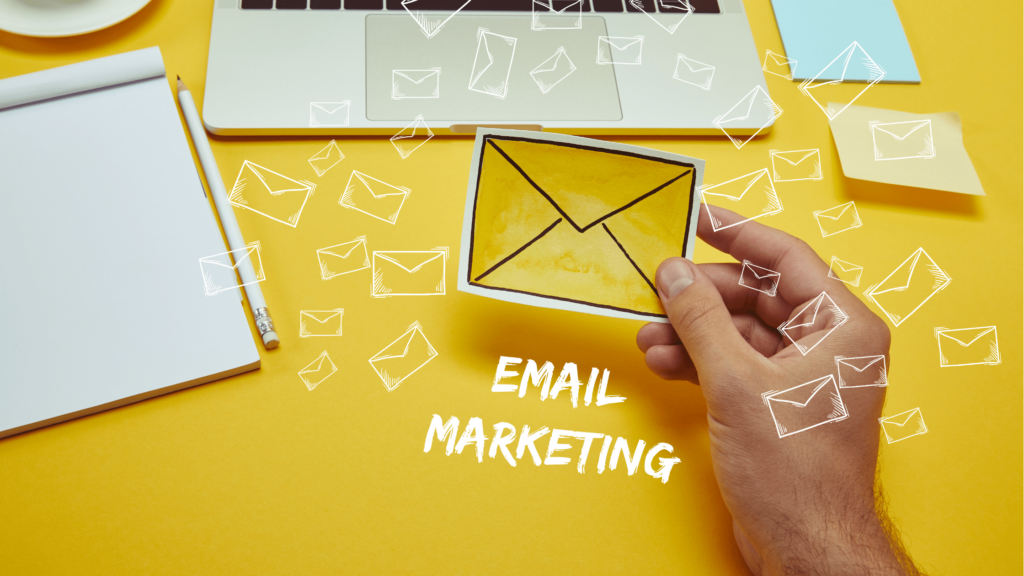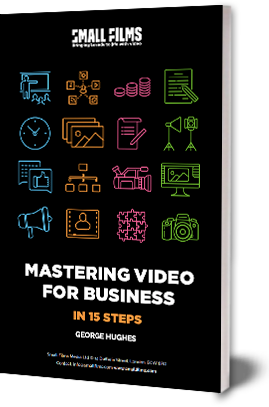Email marketing for schools can be hugely effective. It can help prospective students want to attend your school, deliver important information to current students, and create a community with alumni students – helping to drive advocacy.
In this article from the Small Films team, we look at all the tips for creating a high-performing school email marketing strategy.
1) Always segment your audience
One of the most important parts of your email marketing strategy is segmentation. There’s no quicker way to destroy engagement than sending emails that aren’t relevant to the receiver. There are a variety of ways you can segment your email communications, and these might differ depending on your school or target audience. But below are a few ideas of where you can get started.
- Prospective parents of students
These can then be potentially segmented further down to…
– Year prospective student plans to start at the school
– Prospective student/parent’s interests, i.e drama, sports or science - Current students/parents of students
- Alumni students
2) Consider where they are in their journey
When developing your email content, it’s key to consider where the user is in the journey. Have they just downloaded a prospectus and are, therefore, likely in the consideration stage of looking at potential schools? Or are they due to start school next term, and this is now the time to ensure they feel welcome and are clear on all the next steps?
Take a large piece of paper and draw out your audience and where they are in their journey. Then, alongside that, detail all the types of content/info that would be valuable to them. This will really help to provide structure and ensure you’re only sending out content that’s relevant to the end user.
3) Take advantage of email automation
Email automation has so many benefits. One is that it can be hard at work whilst you sleep, and secondly once it’s set up, very little input needs to happen, bar the odd bit of tweaking. Usually at a very low cost too to implement email systems, it is a fantastic way to support driving awareness or registrations easily and efficiently.
Examples of the triggers that email automation can be created for
– A download of a prospectus
– Registering for an Open Day
– Registering for a virtual Open Day (consider the different types of info required vs. face-to-face)
- Registration for school events
- Sign-ups to hear about student life at your school
4) Always assess what your CTA is
It can be easy to write a fantastic piece of email content but forget to include the action you want your user to take. Is it to fill out a survey? Or do you want them to watch the video of that graduation ceremony? Whatever it is, make sure it’s clear what the user needs to do next.
5) Consider the frequency
The frequency of an email campaign can make or break engagement. Too often and users might unsubscribe, too irregular and a potential prospective student may have forgotten about your school and enrolled somewhere else. When deciding on your frequency, go back to where that user is in the journey. Alumni students, for instance, need less frequent emails, whereas someone who has just downloaded a prospectus is at a key point in their journey to receive more regular (but not too regular) messaging.
6) Include video in your email content
Whilst some informational emails may be better with plain text, video can be an excellent way to get your message across. It helps to really bring your school to life and give prospective students a real insight into the day-to-day. There’s a whole host of types of videos that can work well in email marketing, and these might include.
- A Head Teacher’s welcome
- Promotional school videos
- A virtual school tour
- Alumni testimonials
- Behind the scenes of a department
- Graduation ceremonies
- School events videos
7) Do consider newsletters
While some might be scathing about a newsletter, it can actually be an excellent way of delivering news to your audience. Usually sent out monthly, a newsletter can give current students and parents all the information they need about upcoming events, recent sports wins, term dates, new teachers, etc.
Types of content to include in your newsletter
- Sports team wins
- School news
- New teachers
- Upcoming school improvements
- Exam results
- Behind-the-scenes video content
- Links to social media channels
- Award wins
- Blog articles relevant to the audience
8) Ensure you continuously measure and analyse
The most important part of email marketing is continuously measuring and analysing so you can make key improvements to subsequent campaigns. Depending on the size of your email list, you might perform regular A/B testing of subject lines and content, helping to determine what resonates best with your audience.
We always recommend analysing which subject lines achieved the most opens. Which blogs are the audience reading? Do they prefer visual emails over plain text? Did a particular time of the week achieve more opens? There are so many ways you can analyse your emails to ensure continued success.
When it comes to email marketing, video content can really help to drive engagement. Not only is it a brilliant way to drive a particular message across, but it can help on so many levels, including driving more interest in your school or Open Days. At Small Films, we’ve delivered video content for many of the UK’s leading schools, including Eton College, Croydon High School and Bancroft’s, and if you’d like to chat with one of our experts, just drop us a line.










